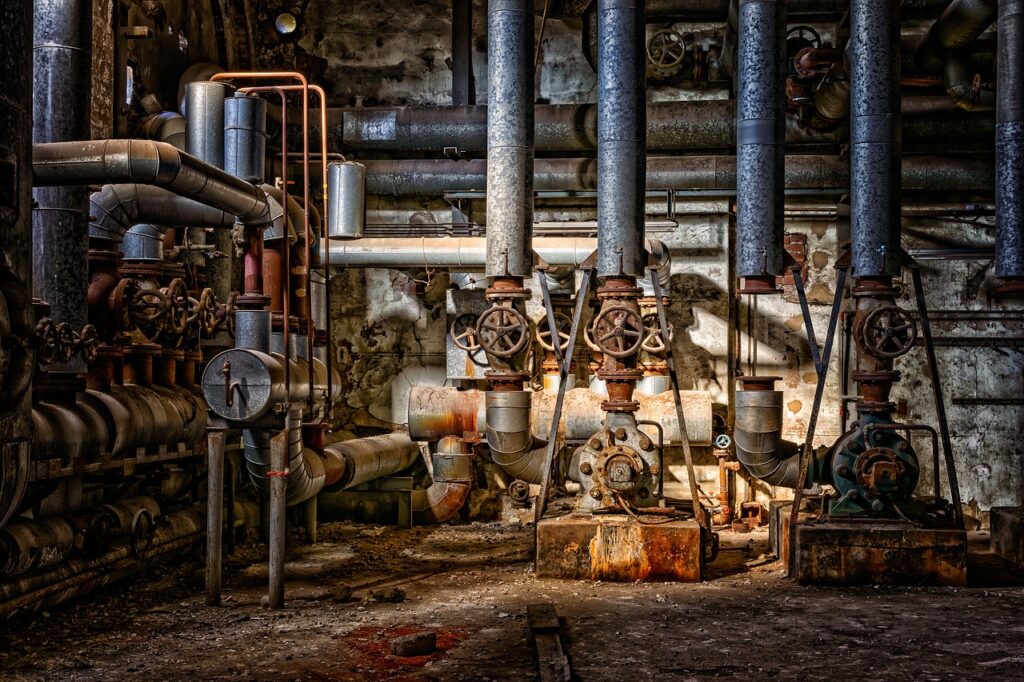When you’re lounging in your comfortably climate-controlled home or office, it’s easy to take the HVAC (Heating, Ventilation, and Air Conditioning) system for granted. However, the journey of HVAC technology from its humble beginnings to its current state of sophistication is a fascinating one. In this blog post, we’ll take a journey through time to explore the rich history of the HVAC industry.
Ancient Beginnings: Ventilation in Antiquity
The roots of HVAC can be traced back to ancient civilizations. In ancient Rome, for example, the concept of underfloor heating, known as “hypocaust,” was used in bathhouses and wealthy homes. Similarly, the Chinese developed hand-cranked fans to provide ventilation in buildings during the Han Dynasty.
The Birth of Modern Heating: The 19th Century
The Industrial Revolution marked the beginning of modern heating systems. In the 19th century, inventors and engineers designed the first coal and wood-burning stoves to provide warmth and comfort in homes. These early heating systems were instrumental in combating the bitter cold of the winter months.
Ventilation and the Germ Theory: Late 19th Century
In the late 19th century, as the understanding of the germ theory of disease grew, ventilation became a critical aspect of public health. Engineers and architects incorporated ventilation systems in hospitals and public buildings to improve air quality and reduce the spread of illness.
The Birth of Air Conditioning: The 20th Century
The true transformation of the HVAC industry came with the invention of air conditioning. Willis Haviland Carrier, an American engineer, is often credited with inventing the first modern air conditioning system in 1902. His creation had a profound impact on various industries, from manufacturing to movie theaters, making it possible to control both temperature and humidity.
Post-World War II Boom: Residential Air Conditioning
After World War II, there was a surge in residential air conditioning installations in the United States. This technological advancement drastically changed the way people lived, enabling them to reside in warmer climates and encouraging the growth of regions like the Sun Belt.
Energy Efficiency and Environmental Concerns: Late 20th Century
As the 20th century progressed, energy efficiency and environmental concerns started shaping the HVAC industry. The OPEC oil embargo of the 1970s, along with growing awareness of environmental issues, prompted the development of more energy-efficient systems and a shift away from ozone-depleting refrigerants.
Digital Revolution: 21st Century Advancements
The 21st century brought significant advancements to the HVAC industry, with the integration of digital technologies and smart systems. HVAC systems are now capable of adjusting temperature and airflow based on real-time data, making them more efficient and convenient for users. This era also saw the rise of geothermal and solar HVAC systems, further promoting sustainability.
The Future of HVAC: Sustainability and Innovation
The HVAC industry is constantly evolving, with an increasing emphasis on sustainability, energy efficiency, and air quality. Innovations like energy-efficient heat pumps, smart thermostats, and IoT (Internet of Things) integration are paving the way for a greener, more comfortable future.
In conclusion, the HVAC industry has come a long way from its ancient roots in ventilation to the sophisticated systems we rely on today. Its journey through history reflects not only technological progress but also the evolving needs of society, from comfort and health to energy efficiency and sustainability. As we continue to address the challenges of climate change and resource conservation, the HVAC industry will play a pivotal role in providing us with the comfort and well-being we’ve come to expect.

